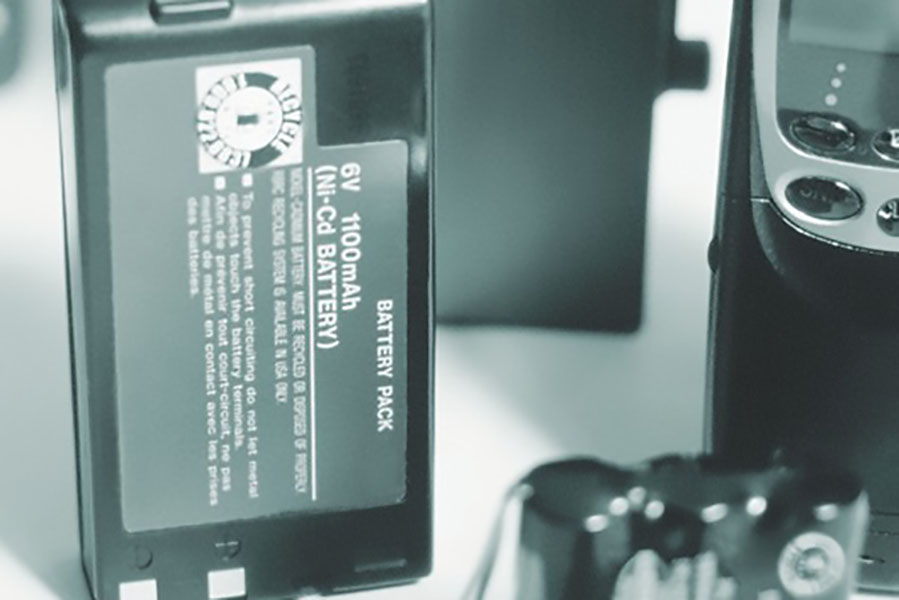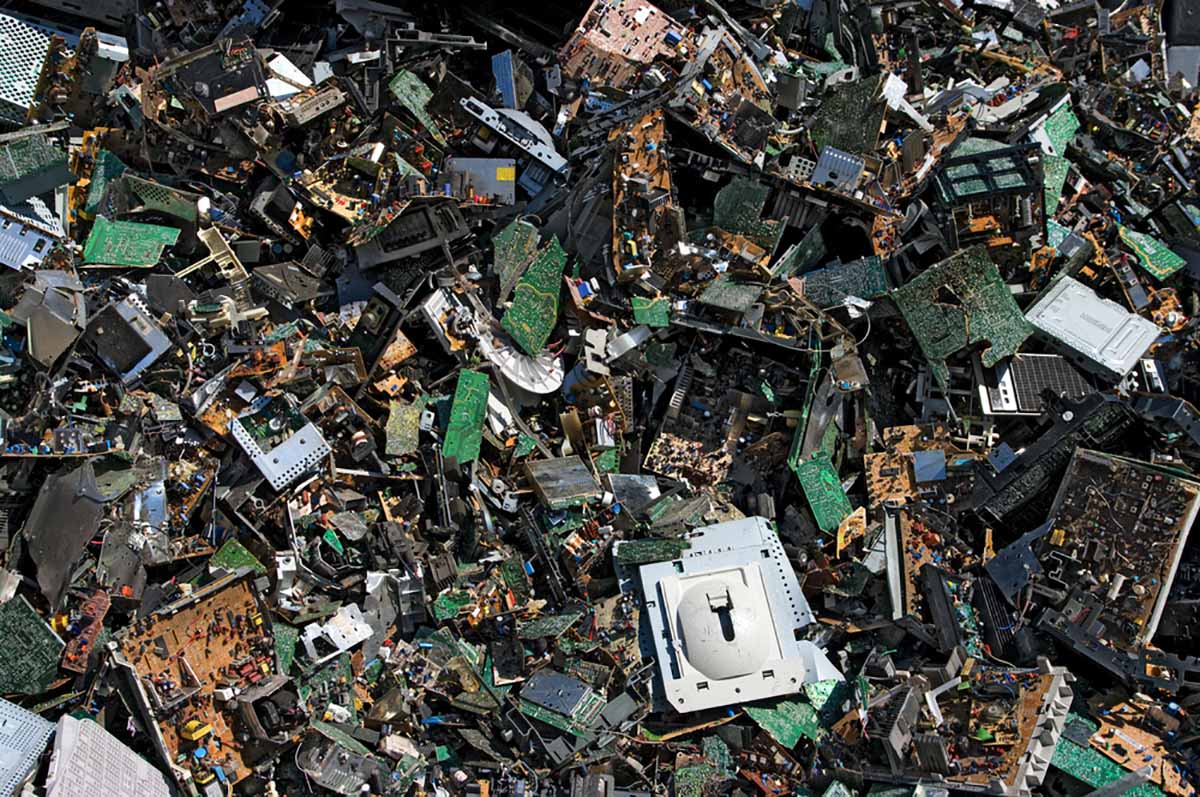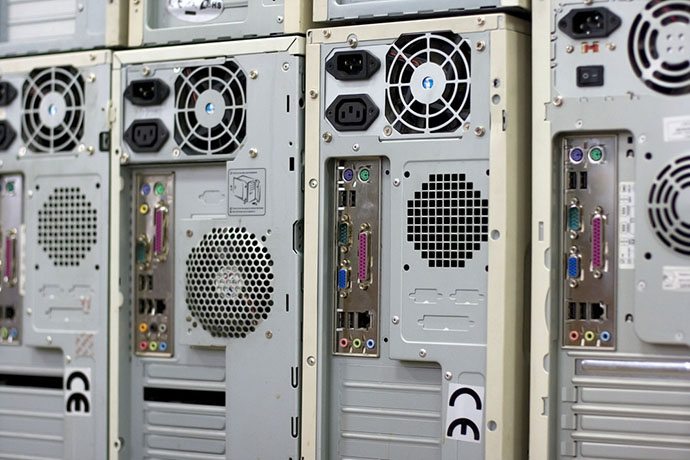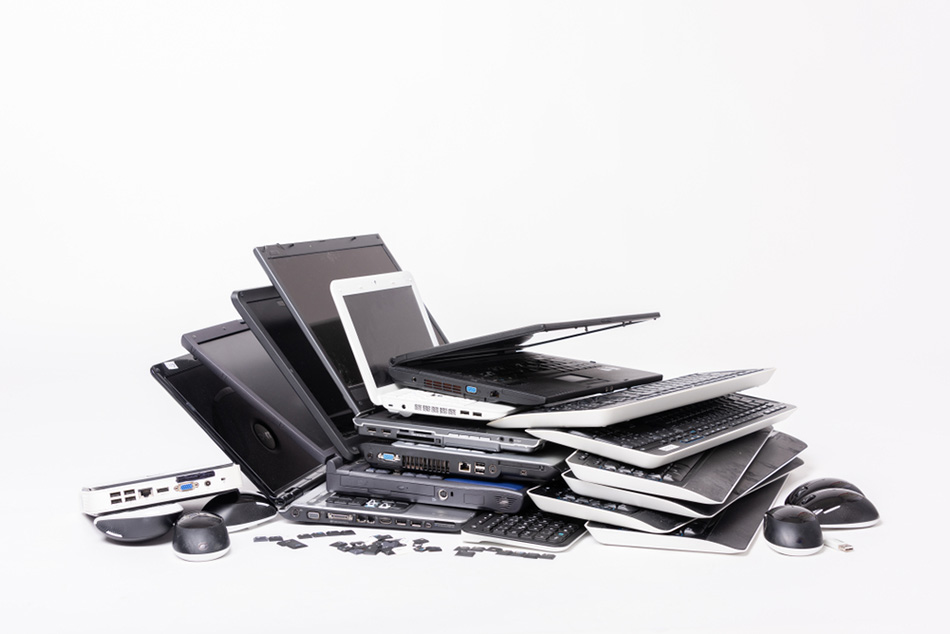
Research from S&P Global found a push toward clean energy sources will drive total demand for copper from 25 million metric tons today to about 50 million metric tons by 2035. | Flegere/Shutterstock
Electrification is going to require huge amounts of copper in the coming decades, so much so that boosting mining, recycling and materials substitution together won’t be enough to meet demand, according to a study.


 Associate Editor Jared Paben has worked for Resource Recycling since December 2014. Most of his earlier career was spent as a reporter for the daily newspaper in Bellingham, Wash., but he also has experience working for the Oregon volunteerism commission and for Oregon nonprofits serving low-income populations. He can be contacted at
Associate Editor Jared Paben has worked for Resource Recycling since December 2014. Most of his earlier career was spent as a reporter for the daily newspaper in Bellingham, Wash., but he also has experience working for the Oregon volunteerism commission and for Oregon nonprofits serving low-income populations. He can be contacted at 



 A form of therapy that encourages destruction is generating a little more demand for used electronics and a greater supply of broken scrap.
A form of therapy that encourages destruction is generating a little more demand for used electronics and a greater supply of broken scrap.


